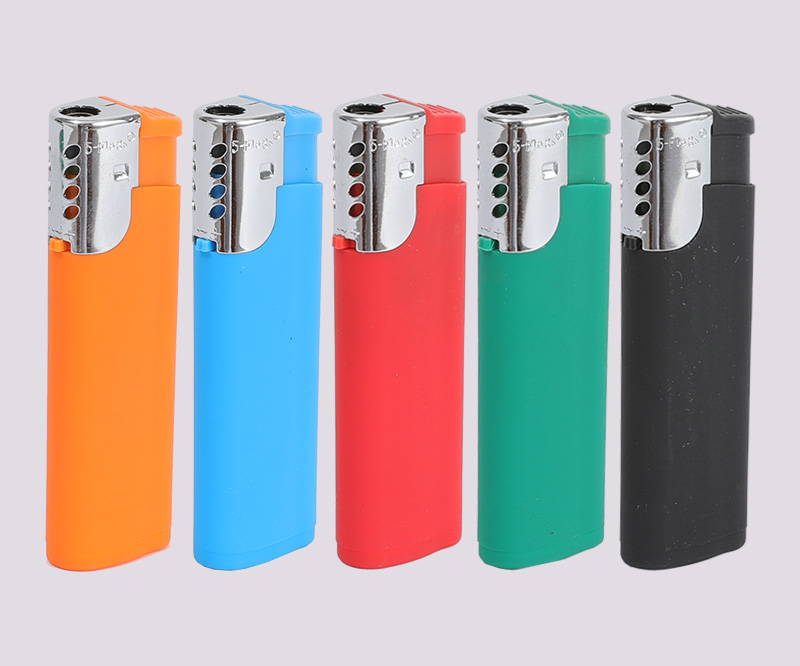Summary:Types of Survival Lighters:
1. Fuel lighter:
2. Butane lighter:
Butane lighters are the most common...
Types of Survival Lighters:
1. Fuel lighter:
2. Butane lighter:
Butane lighters are the most common lighters in our daily life.
When you are in an extremely cold environment, butane lighters may not work, and some butane lighters may also fail to ignite in high altitudes.
In addition, the vents of butane lighters are prone to blockage.
However, the lightweight and convenient nature of the butane lighter makes it a great choice for short trips and camping, keep it in your emergency backpack and pocket for everyday use.
Another point to note is that when choosing a butane lighter, you must choose a type of flint that produces sparks to ignite the gas. If you are in a real emergency, even if you can't ignite the gas, the sparks can still ignite leaves, grass, etc. kindling.
If you live in a high altitude and windy area, a windproof lighter is the way to go.
You just push a button and these lighters will ignite even in 80km/h winds.
Also, the best windproof lighters can produce flames at altitudes up to 20,000 meters with manual control.
These outdoor windproof lighters are floatable and won't sink if you accidentally drop them.
Choose one that is brightly colored so you can easily find it even in the dark.
Piezo ignition makes it easier to create a flame, even in humid environments.
Lastly, windproof lighters can generally be refilled with fuel, so you'll need to buy refills for them.
4. Plasma lighters:
Plasma lighters do not produce flames, but are charged to a certain extent to generate arcs, which are used to ignite.
The inside of the lighter is a simple circuit. After the switch is turned on, the circuit is connected, and an arc will be generated between the positive and negative electrodes.
This lighter produces not fire but electricity. When the arc touches the combustible material, it quickly generates heat and ignites the combustible material.
Plasma lighters can be windproof and waterproof, and can be ignited even in harsh environments such as strong winds and heavy rains. There is no open flame, the ignition is relatively safe, and it can be recycled.
This lighter is easy to operate and can generate higher temperatures than ordinary lighters.
One of the benefits of using a plasma lighter is that it requires no fuel and only takes an hour or two to charge for use.
When choosing a plasma lighter, you should pay attention: if it is not a lighter produced by a very formal manufacturer, you are afraid of safety problems, and the battery is relatively not durable enough.
I won’t say much about the role of fire outdoors. In order to allow you to better adapt to the environment in the wild, remember to bring a lighter that is light in weight and easy to use. You can bring a few more lighters, which will improve your survival. Guaranteed.
Of course, outdoor kindling is more than just a lighter, it also includes: as many matches and a candle as possible.
Because, the more complicated things are, the easier it is to break. If the lighter is broken, you will not be unable to make a fire.


